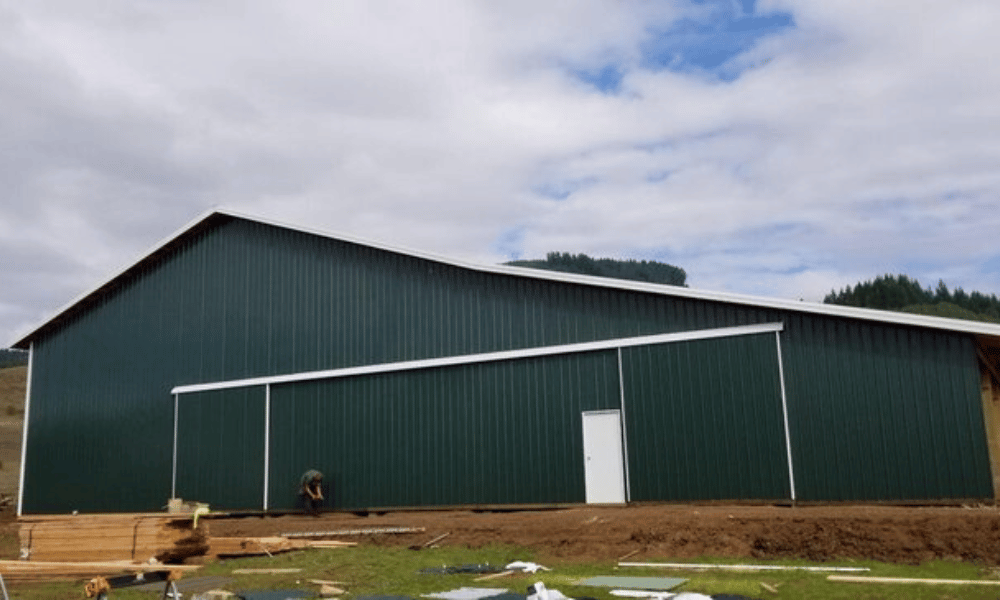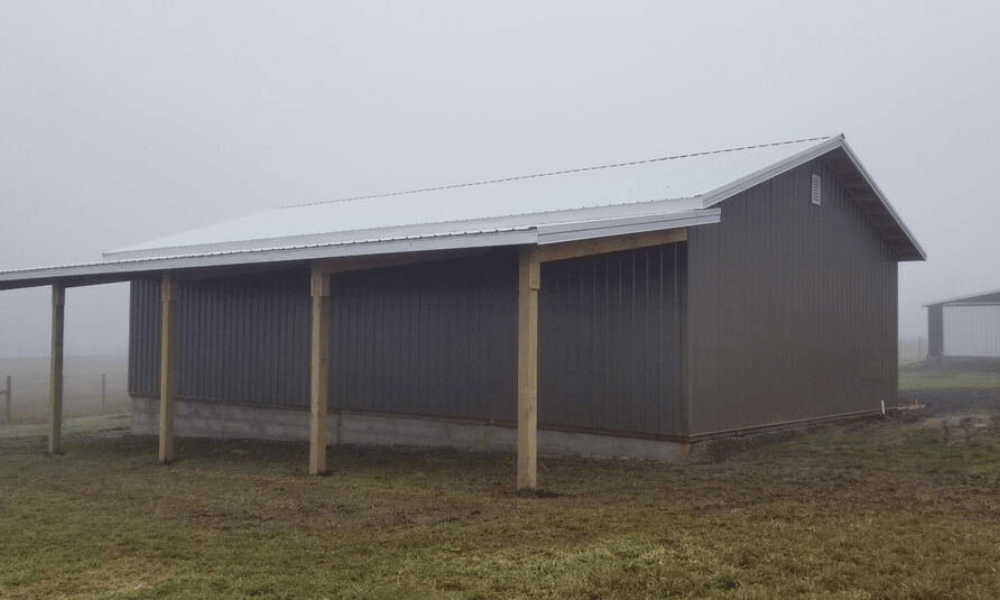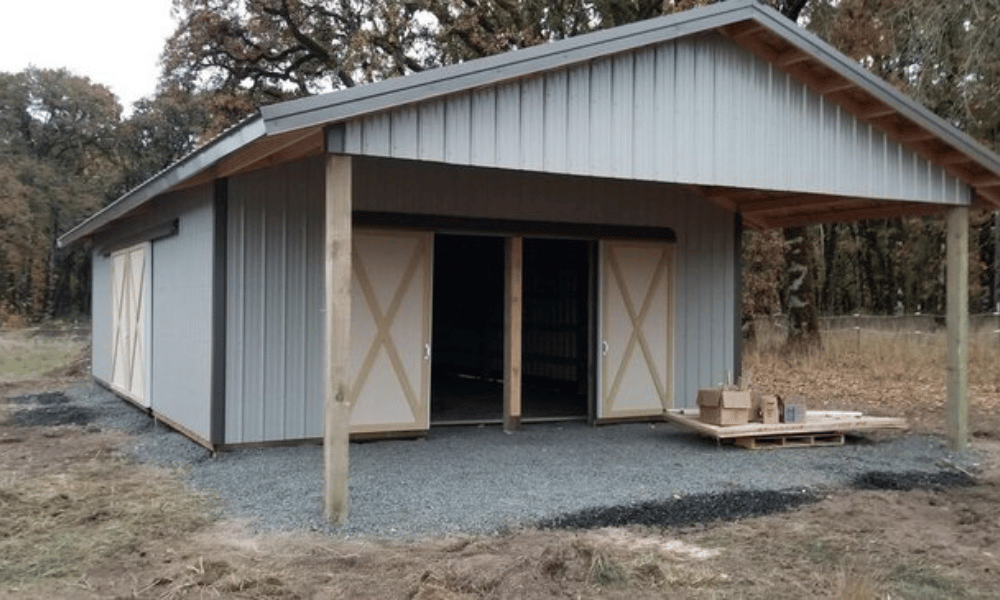Introduction to Natural Ventilation in Livestock Housing
In the world of livestock farming, ensuring the health and productivity of animals is paramount. One key aspect that often gets overlooked is ventilation—specifically, natural ventilation. This article delves into “Understanding the Benefits of Natural Ventilation in Livestock Housing,” exploring its advantages, applications, and how it can enhance animal welfare and farm efficiency.

Natural ventilation involves using ambient air movement to regulate temperature, humidity, and air quality within livestock buildings. Unlike mechanical systems that rely on energy consumption, natural ventilation capitalizes on the natural forces of wind and thermal buoyancy. This method not only reduces operational costs but also fosters a healthier environment for livestock.
Understanding the Benefits of Natural Ventilation in Livestock Housing
Natural ventilation is a sustainable approach to maintaining optimal conditions for livestock. But what makes it so beneficial?
Cost-Effectiveness- Reduces energy expenses associated with heating and cooling. Lowers maintenance costs compared to mechanical systems.
- Enhances respiratory health by minimizing airborne pathogens. Reduces ammonia levels which can be harmful to livestock.
- Maintains a stable temperature range for animals. Adaptable to seasonal changes without significant investment.
- Eco-friendly solution that minimizes carbon footprint. Utilizes renewable resources—wind and solar energy.
- Promotes better growth rates and productivity. Reduces stress among animals leading to enhanced reproductive performance.
- Can be integrated into various building designs including pole buildings. Allows customization based on specific farm needs.
The Role of Pole Buildings in Natural Ventilation
When we talk about livestock housing, pole buildings are a popular choice due to their versatility and cost-effectiveness. These structures can be designed with built-in features that facilitate natural ventilation effectively.
What Are Pole Buildings?
Pole buildings are constructed using vertical posts as their primary support system, offering wide open spaces without internal columns or supports. This design makes them ideal for accommodating various livestock types—from cattle to poultry—with flexible configurations tailored to meet specific requirements.


Advantages of Pole Buildings for Livestock Housing
Spacious Interiors: The absence of interior supports maximizes usable space for animals. Customizable Designs: Easy adaptation for ventilation systems including windows and vents. Cost Efficiency: Generally lower construction costs compared to traditional structures. Durability: Built with sturdy materials that withstand harsh weather conditions while allowing proper airflow.How Does Natural Ventilation Work?
Natural ventilation harnesses two primary mechanisms: wind-driven flow and buoyancy-driven flow (also known as stack effect).
Wind-Driven Flow
This occurs when external wind pressure pushes fresh air into the building while pushing stale air out through openings like side vents or ridge vents. The effectiveness of this method depends on the wind direction, speed, and placement of openings.
Buoyancy-Driven Flow (Stack Effect)
Warm air rises naturally due to its lower density compared to cooler air; thus creating an upward movement within the building. As warm air escapes from http://johnnyyoir596.iamarrows.com/building-memories-creative-family-events-in-your-pole-barn higher openings, cooler air enters from lower ones—a process vital during warmer months.
Key Design Elements for Effective Natural Ventilation
To maximize the benefits of natural ventilation, specific design elements are essential:
Vent Placement:- Positioning vents strategically allows optimal airflow throughout the structure.
- Adequate sizing ensures sufficient exchange of indoor and outdoor air without creating drafts that may stress animals.
- Aligning buildings with prevailing winds enhances natural airflow dynamics.
- Sloped roofs help facilitate warm air escape while preventing moisture accumulation inside the building.
- Proper insulation aids in temperature regulation while supporting natural airflow patterns reducing reliance on artificial heating or cooling systems.
FAQs
What is natural ventilation?
Natural ventilation is an approach that utilizes ambient outdoor conditions—such as wind and thermal buoyancy—to regulate indoor climate without relying on mechanical systems.
How does natural ventilation benefit livestock?
It improves animal welfare by enhancing respiratory health, reducing stress levels, maintaining thermal comfort, lowering operational costs, and promoting sustainability through eco-friendly practices.
Can pole buildings be designed for effective natural ventilation?
Yes! Pole buildings offer versatile designs that can incorporate strategic vent placements and other elements conducive to effective natural airflow management suitable for various types of livestock housing.
Is natural ventilation suitable year-round?
While largely effective during warmer months, careful design considerations allow it to maintain comfortable conditions even during colder seasons; however supplementary heating might still be necessary depending on specific climates.
What factors influence the effectiveness of natural ventilation?
Key factors include external wind patterns, geographic location/topography influencing airflow dynamics around structures along with appropriate vent sizing/placement within buildings themselves
Are there any downsides associated with relying solely on natural ventilation?
While generally efficient under proper conditions too much reliance could lead unpredictable results if extreme weather patterns occur warranting supplementary measures like mechanical solutions when needed.
Conclusion
In conclusion, “Understanding the Benefits of Natural Ventilation in Livestock Housing” reveals numerous advantages ranging from cost savings and improved animal welfare to sustainable practices contributing positively towards environmental conservation efforts within agriculture sectors worldwide today! By integrating these techniques into modern farming methodologies—particularly utilizing structures such as pole buildings—farmers can create optimal living conditions fostering healthy productive livestock populations benefiting both producers consumers alike!